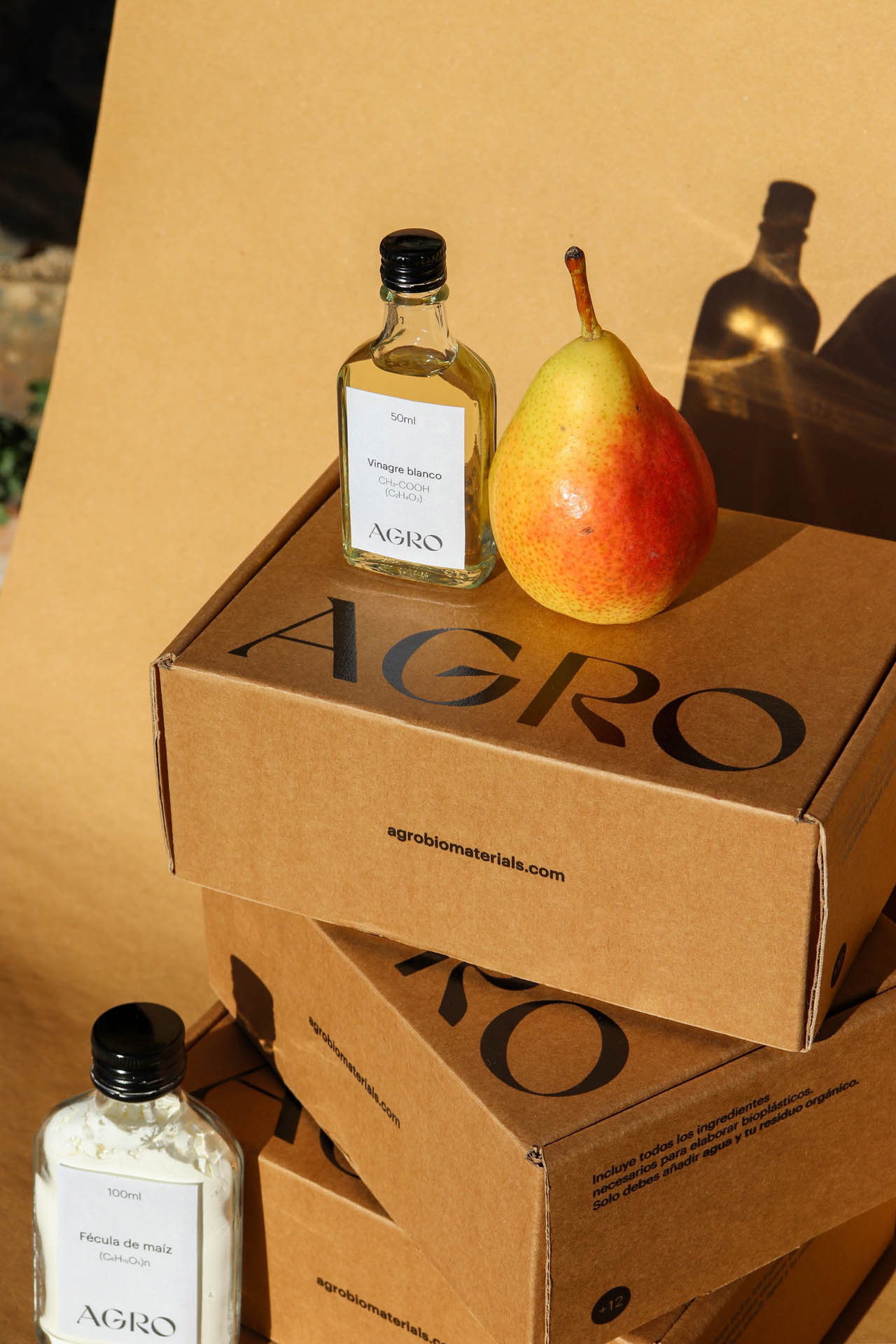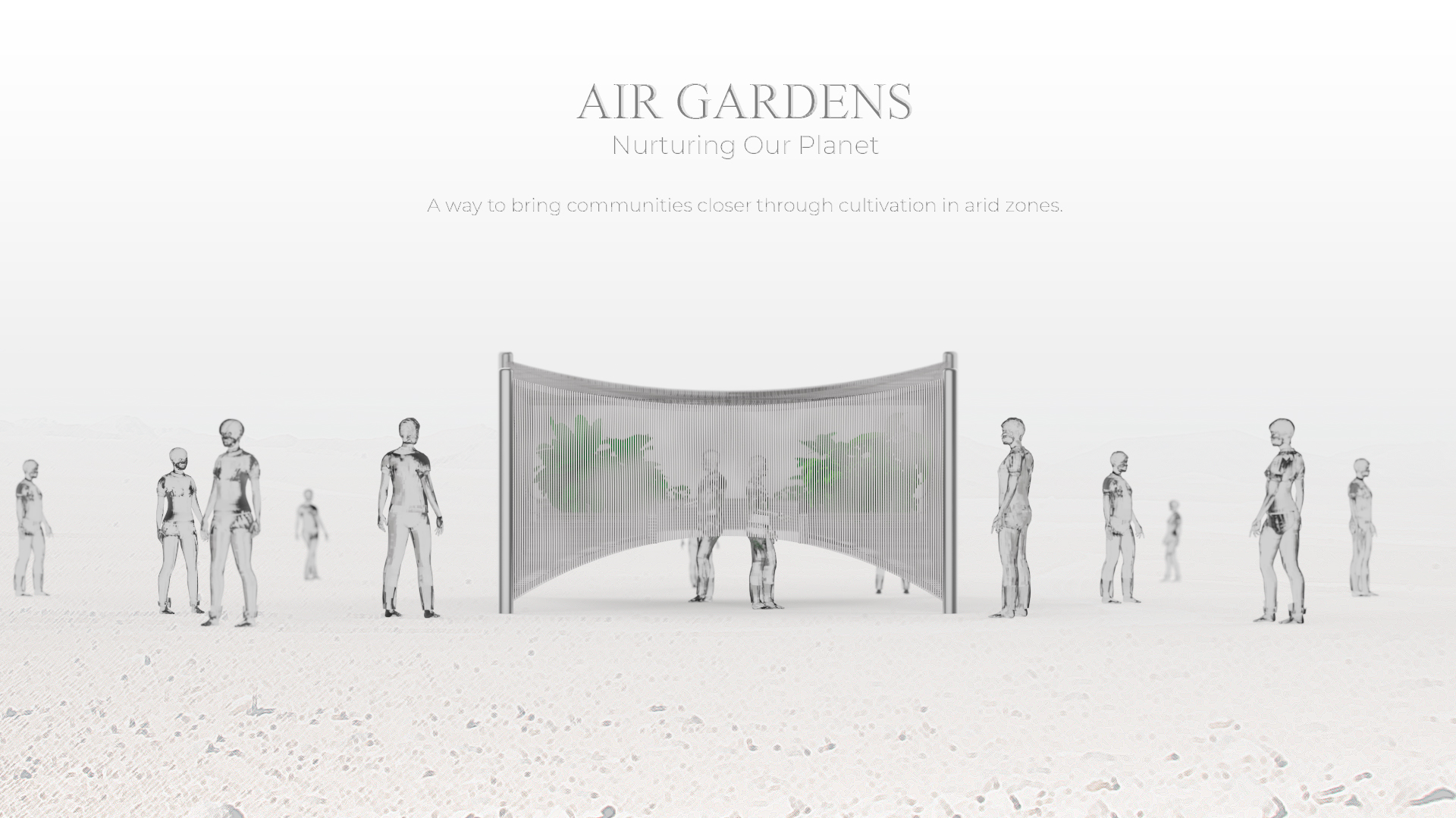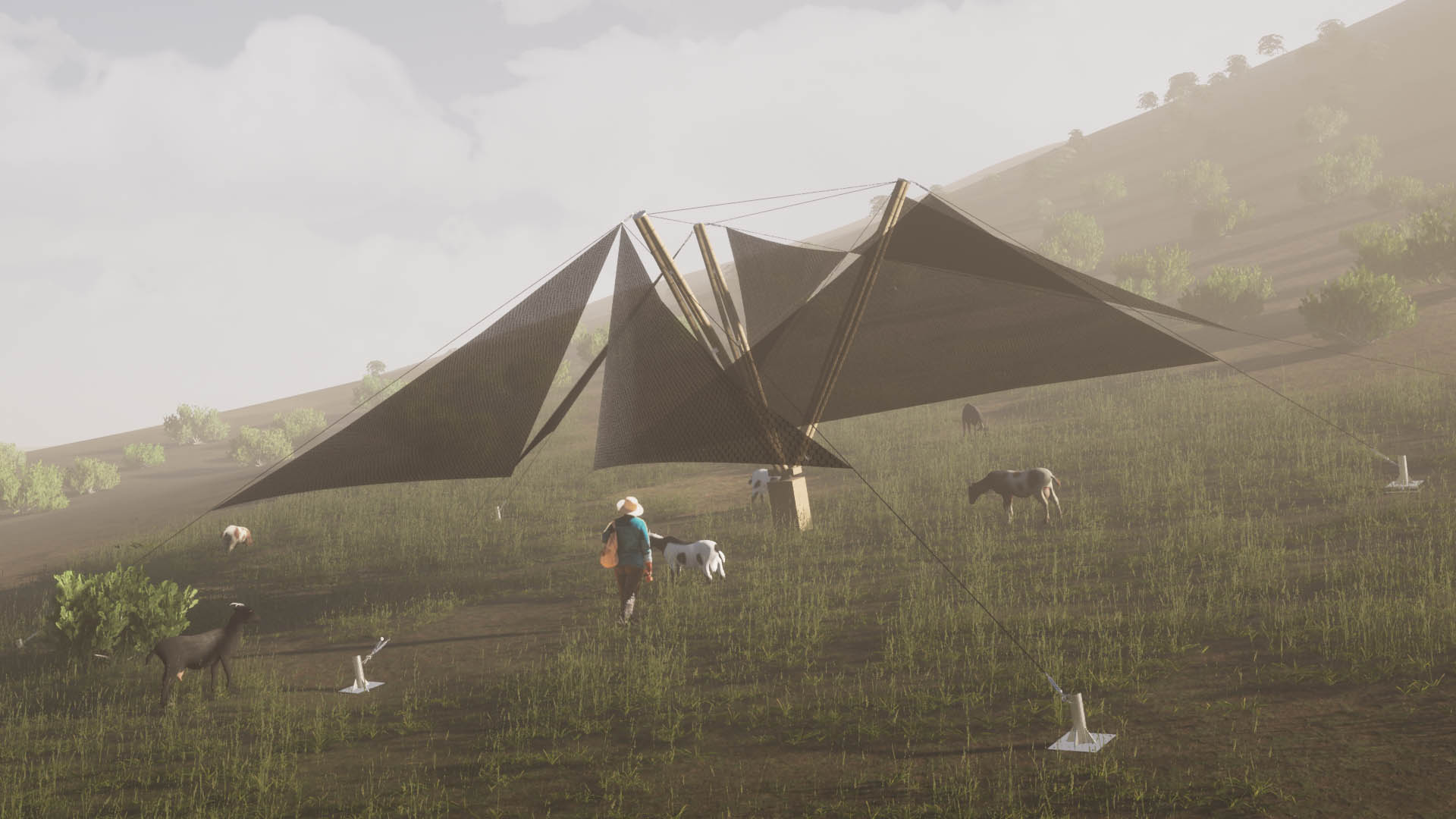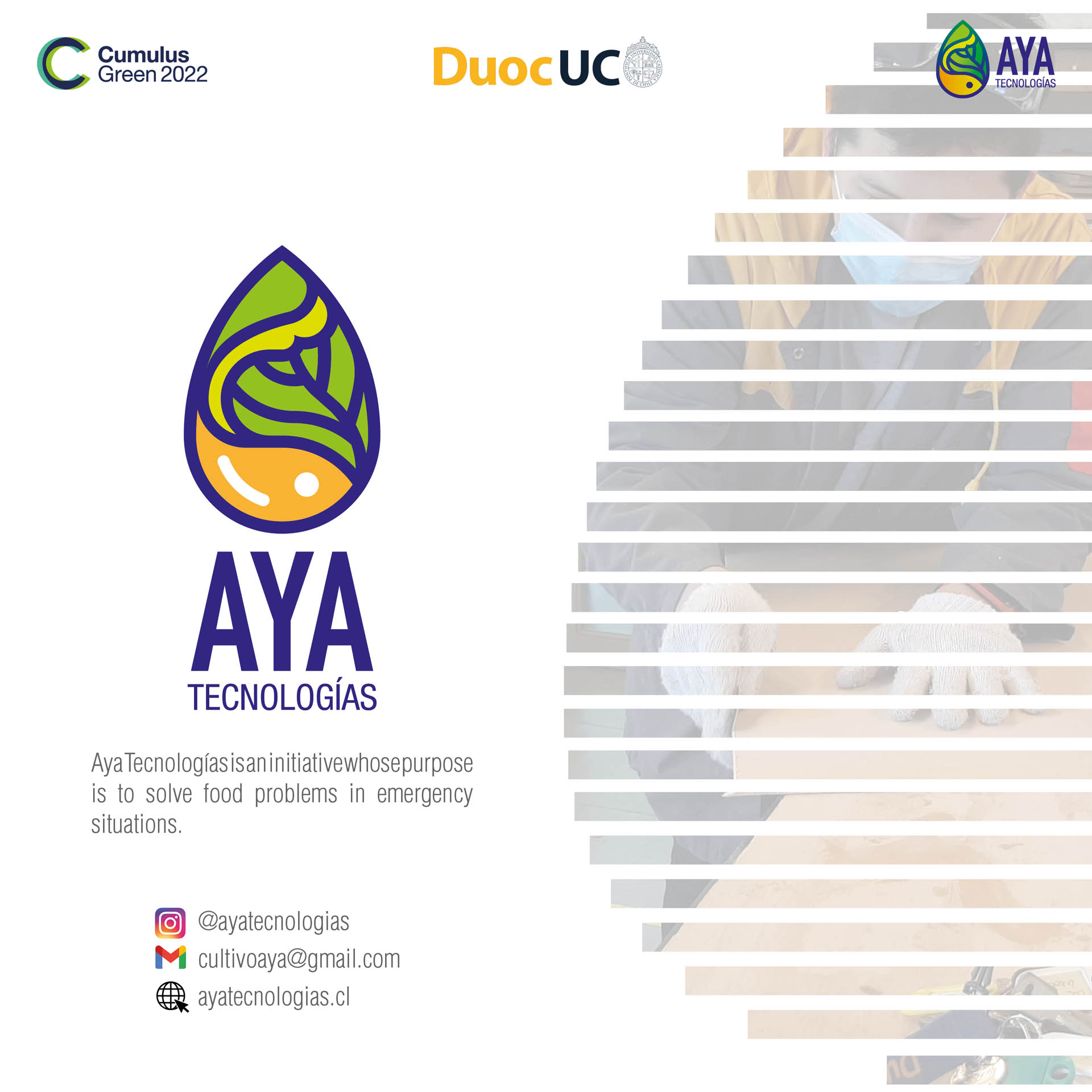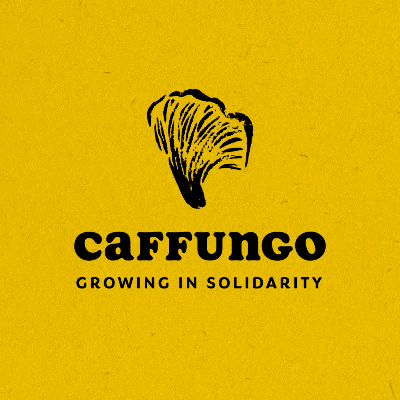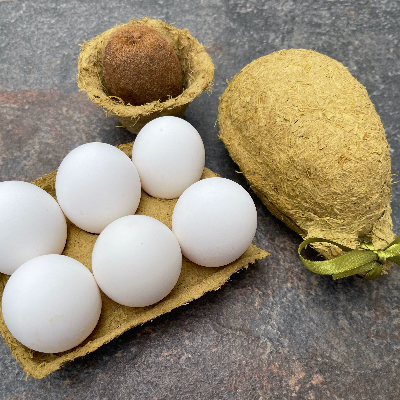Honorable Mention
Agro Biomaterials
Berta Daina Troguet
Elisava, Spain
The Agro Biomaterials Kit is a product that allows the creation of biomaterials from organic waste as a solution to food waste and as an alternative to synthetic materials. All this with the aim of raising public awareness among to establish ethical and sustainable values as a way of life. The fact that a new material can be created from organic household waste leads to a change in mindset.
With this Kit seeks to create the Agro community, where each contribution, no matter how small, helps research of new materials and continue to develop new techniquesas well as new applications for these new compostable materials. Thus generating a community where we help each other with the sole purpose of learning, go ahead and achieve a more sustainable present.
Considering that one third of the food produced in the world is wasted every year and that recycling is still an uncommon practice in our daily life, the key objectives in environmental terms are the reduction of food waste in terms of greenhouse gases, starting with the recycling of household organic matter.
The Agro Biomaterials Kit stands out for its educational character. The consumer himself is informed and made aware so that he himself can be the solution to the problem and can change his usual habits towards more sustainable and responsible practices with the planet. The fact of empowering with information and democratizing in an easy and simple way the manufacturing process of biomaterials through the organic waste itself, makes citizens part of the change. Making their own biomaterials, so that they can later use them in different applications.

